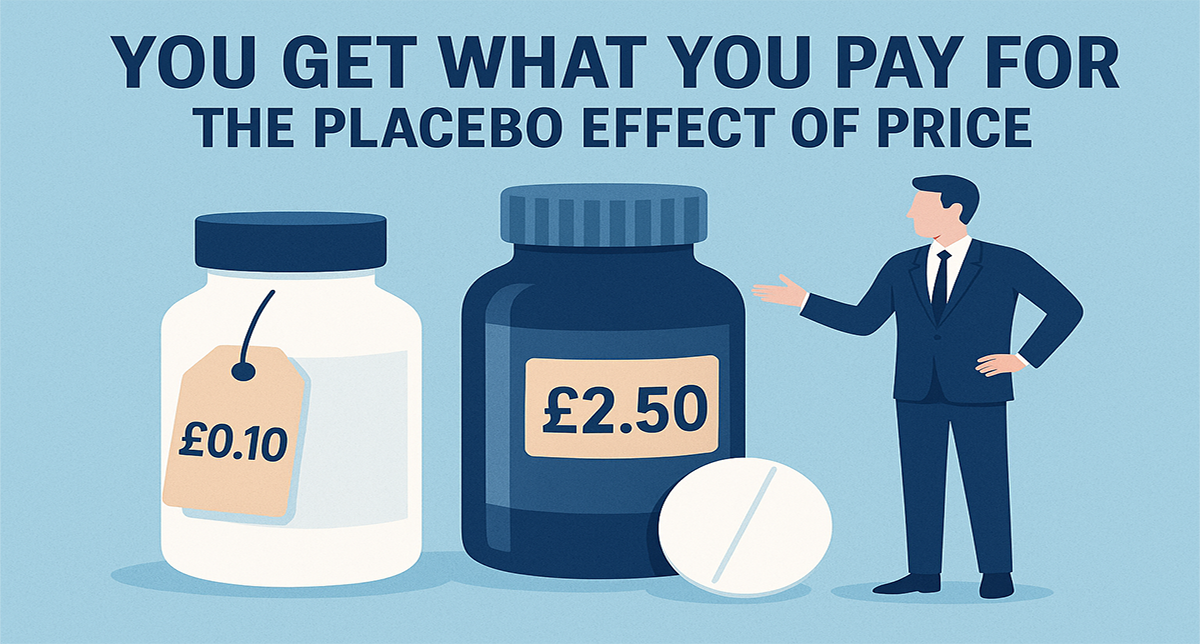What is pseudocertainty?
Research has demonstrated that humans have a tendency to believe that we have more control over future events than we really do, and that the future is more predictable than it really is.
From this perspective, the elimination of one particular risk offers an “illusion of control“ which many people find appealing, hence the term “pseudo-“ or false certainty.
An example of pseudocertainty
Research using a hypothetical scenario (which, coincidently, seems to now have connections to our current way of life) showed this:
An epidemic breaks out that's likely to kill 600 people if left untreated. Treatment A will save 200 people. Treatment B has 1/3 chance of saving 600 people and 2/3 chance of saving nobody.
72% of people questioned recommended strategy A and 28% recommended strategy B. Most respondents preferred the definite positive outcome of saving 200 people, over the conditional but larger positive outcome of saving 600 people.
A second test group were given the same data in a different way. They were told that treatment A means 400 people will die and treatment B gives a 1/3 probability that nobody will die, and a 2/3 probability that 600 people will die. With this formulation, 78% chose strategy B. They were willing to accept the risk of a larger negative outcome (600 people dying) to have a chance of averting an otherwise definite negative outcome (400 people dying).
Embedding pseudocertainty in brands
When it comes communicating with shoppers and consumers, remember that they will have a tendency to emphasise the positive over the negative.
- Emphasise the risk – when you want shoppers to make a choice and you want them to take a risk, you emphasise the negative consequences.
- Emphasise the positive – when you want shoppers to take a guaranteed path that may be incomplete, you emphasise the positive.
- Pause and reflect - whenever you present shoppers with a choice you should ask yourself whether it is better phrased positively or negatively.
Basically, by phrasing a choice differently, you can guide people into making the choice you want them to. If you find that your choice flips with the phrasing, then this bias is in play and you need to think things through more carefully.






